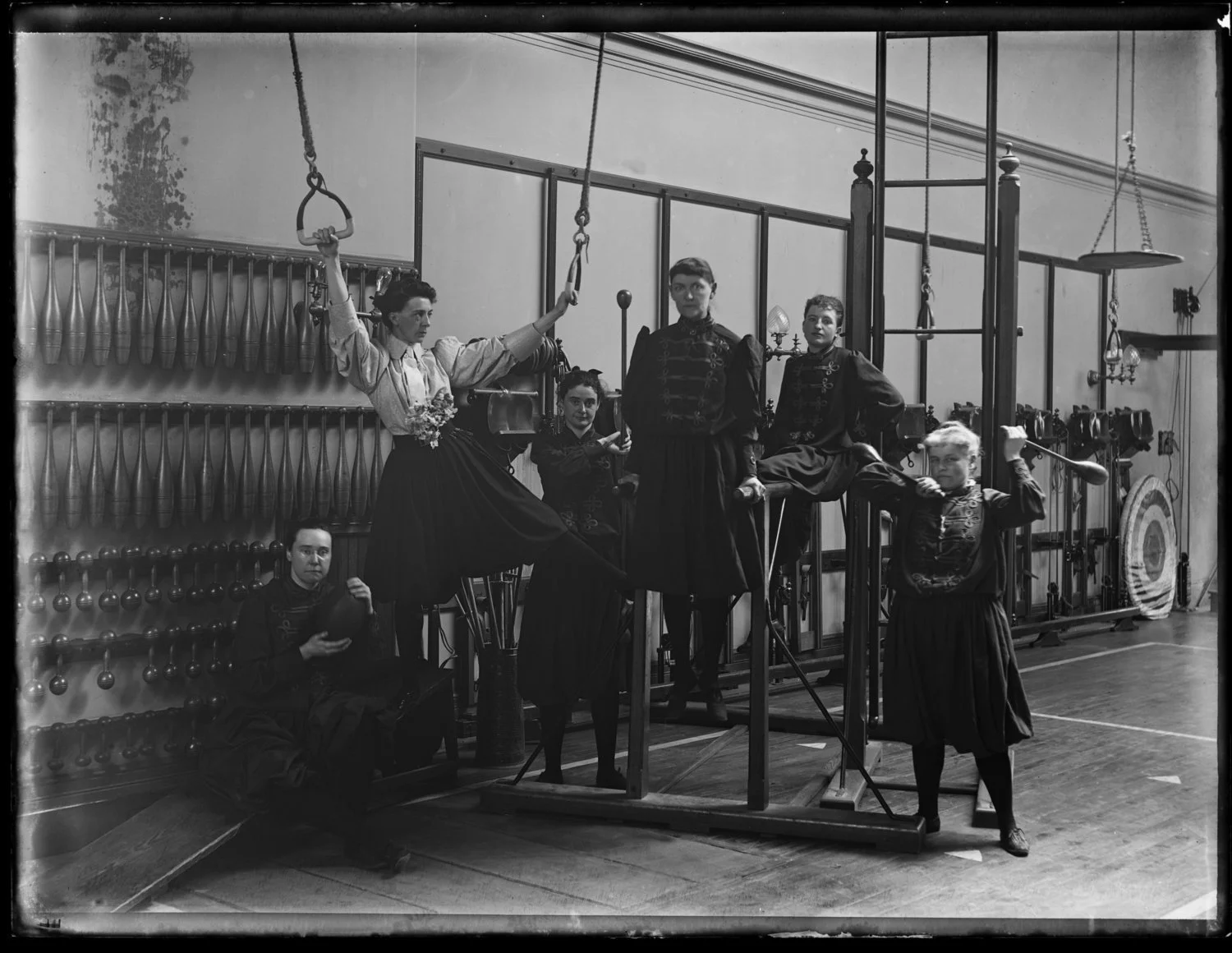The Science of Working Out the Body and the Soul: How the Art of Exercise Was Born, Lost, and Rediscovered
Original article written by Maria Popova for The Marginalian
“A history of exercise is not really — or certainly not only — a history of the body. It is, equally, perhaps even primarily, a history of the mind.”
“And if the body were not the soul, what is the soul?” wondered Whitman two years before he wrote a manual on “manly health and training” and two decades before he recovered from his paralytic stroke with a rigorous exercise regimen in the gymnasium of the wilderness.
But this natural equivalence, as obvious as it was to Whitman and as evident as the neurophysiology of consciousness is making it in our own epoch — was opaque, even obscene, for much of human history.
The world’s first known book on exercise was written almost exactly two millennia ago, sometime in the 220s, by the Greek philosopher and teacher Flavius Philostratus, then in his fifties. In On Gymnastics, he argued that athletic training is an art and “a form of wisdom,” on par with the other arts, no less beautiful or substantive than poetry or music. His treatise was in part an act of resistance to the wave of oppression and erasure sweeping in with the new regime of Roman rule and the advent of Christianity, which was beginning to eradicate the ancient Greek culture of Olympic Games and casual athletics, of public bathhouses and gymnasia.
Under Christian doctrine, the body was too sinful an instrument to be afforded public celebration or private homilies. The cerebral solemnity of the cathedral replaced the joyful physicality of the gymnasium, where crowds had once gathered as much to tone their bodies as to hone their minds on Plato and Aristotle’s philosophy lectures. (The one place where Christianity and ancient Greek culture converged was that women were not permitted to compete in the Olympic Games or enter the gymnasium — even though the athletic Plato, outlining the laws of civilization in his last and longest dialogue, decreed that “women, both young and old, should exercise… together with the men” — and, to this day, women are not permitted to sing in the Vatican choir or hold major leadership positions in the Catholic Church.)
Read the full The Science of Working Out the Body and the Soul: How the Art of Exercise Was Born, Lost, and Rediscovered article on The Marginalian


